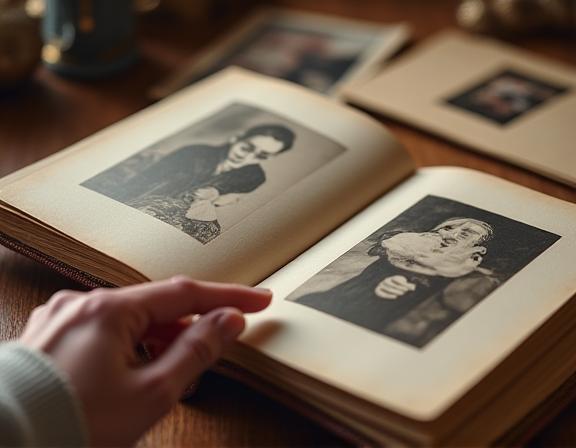
Crafting & Conversation
Join our weekly crafting circle! Bring your knitting, painting, or any other project and share your creativity with friends. It's a wonderful opportunity to inspire each other and tell stories over shared artistic endeavors.
Welcome to Golden Years Connections, where new friends and cherished memories are just around the corner. Serving the senior community of Portland, Oregon.
Explore Our ActivitiesAt Golden Years Connections, we believe that life's later chapters should be filled with laughter, engagement, and meaningful relationships. We started this organization to combat the loneliness and isolation that many seniors face. Our mission is to create a warm, safe, and vibrant environment where every member feels valued, heard, and connected. We foster a sense of belonging, encouraging new hobbies, shared experiences, and the forging of deep, lasting friendships. Your comfort, happiness, and well-being are at the core of everything we do.

From hobbies to social gatherings, there's a place for you here.

Join our weekly crafting circle! Bring your knitting, painting, or any other project and share your creativity with friends. It's a wonderful opportunity to inspire each other and tell stories over shared artistic endeavors.

Dive into new worlds with our monthly book club. We gather for lively discussions over coffee and tea, exploring everything from contemporary fiction to historical biographies. Discover authors and perspectives you'll love.

From bridge and chess to fun board games, our game afternoons are filled with friendly competition and laughter. It's a fantastic way to keep your mind sharp and enjoy lighthearted moments with fellow members.

Learn how to create beautiful photo albums and digital stories to preserve and share your life's precious moments. Our workshops help you transform memories into cherished keepsakes for generations to come.
Hear from the heart of Golden Years Connections.
We'd love to hear from you. Reach out to learn more or to schedule a visit.
Call Us: +1 (503) 555-0182
Email Us: info@goldenyearsconnections.com
Visit Us: 789 Oak Tree Lane, Suite 200, Portland, OR 97204